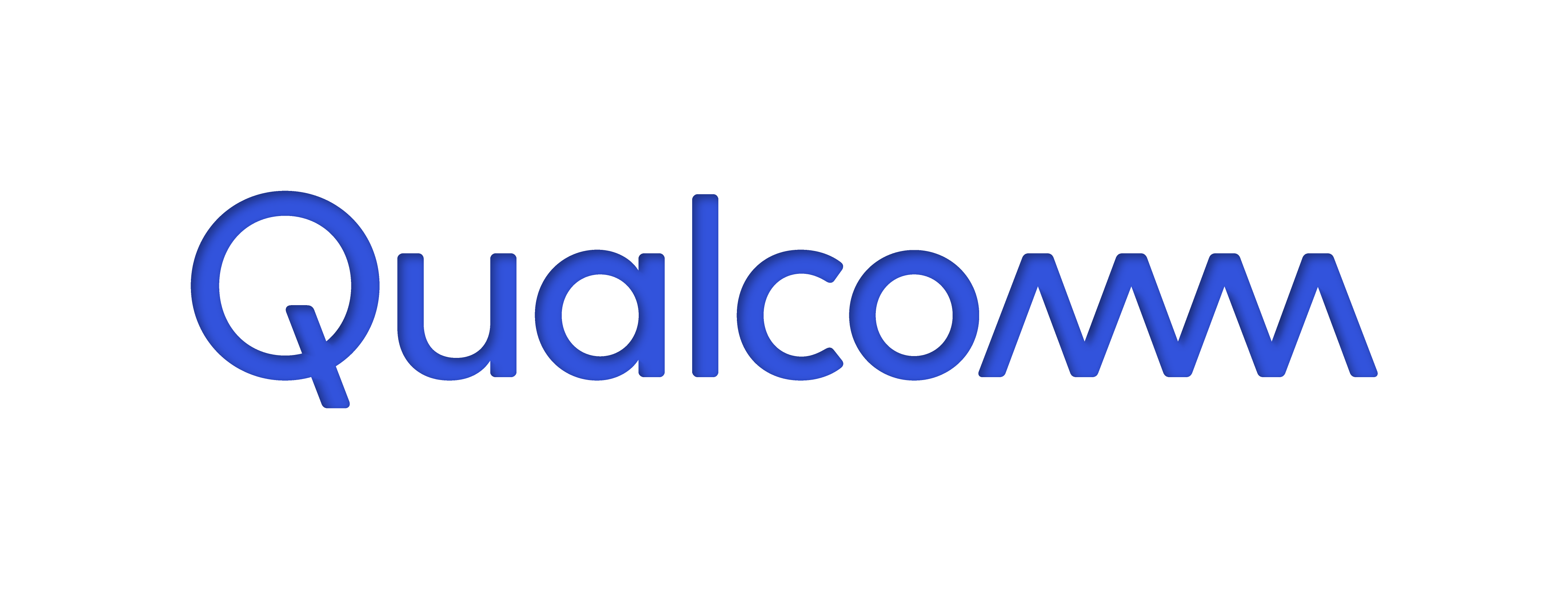Medicare and Remote Patient Monitoring
The long road toward reimbursement for remote patient monitoring services

As remote patient monitoring through mobile medical technologies continues to proliferate, Medicare coverage for physician services using these technologies has remained largely stagnant. Unfortunately, over the past years there have been few new areas of coverage or incentives. The good news is that there have been some important recent developments that may change this situation dramatically.
On July 13, 2017, the Centers for Medicare & Medicaid Services (CMS) announced the release of the 2018 Physician Fee Schedule (PFS) proposed rule. The PFS is issued annually to update Medicare payment and policies for physicians and other clinicians who treat Medicare patients during the subsequent calendar year. Of all the payment rules issued by CMS, none can affect telehealth and remote monitoring services more directly than the fee schedule.
It’s no secret that, today, federal Medicare reimbursement for telehealth services are almost non-existent — totaling just $28.75 million in 2016 out of their $990 billion overall CMS budget.1 The amount is so low because CMS narrowly defines what is permissible as a telehealth service. Even murkier are the rules governing remote patient monitoring services. CMS reminds us in this year’s fee schedule that remote patient monitoring services are not generally considered Medicare telehealth services but rather services that involve the interpretation of medical information without a direct interaction between a practitioner and beneficiary. While these services are paid under the same conditions as in-person physician services, the reality is that Medicare reimbursement for remote patient monitoring of physiologic information is non-existent.
In fact, there is no commonly recognized service by CMS for remote patient monitoring. A 2017 U.S. Government Accountability Office (U.S. GAO) report on telehealth and remote monitoring highlights that CMS has not even conducted a separate analysis of remote patient monitoring services, stating that the “number of Medicare beneficiaries who use this service is unknown.” A Medicare Payment Advisory Commission (MedPAC) report showed how in calendar year 2014 Medicare spent $70 million for remote cardiac monitoring services accounting for 265,000 beneficiaries. That same year, Medicare spent $119 million for “remote monitoring” of heart rhythms through implantable cardiac devices (such as pacemakers) accounting for 639,000 beneficiaries. But this is not widespread federal reimbursement for remote patient monitoring of physiologic data derived from home-use or mobile medical devices such as weight scales, blood pressure monitors, pulse oximeters, glucometers, thermometers, asthma inhaler sensors, etc.
What a welcomed surprise it was to find in this year’s fee schedule a “comment solicitation” on remote patient monitoring. CMS is asking whether it should make separate payments for CPT codes that describe remote patient monitoring (the short answer is yes). But CMS is seeking comments regarding two existing CPT codes (99091 and 99090), in addition to others that describe “extensive use of communications technology” for future rulemaking. One of the two codes covers “collection and interpretation of physiologic data (e.g., ECG, blood pressure, glucose monitoring) digitally stored and/or transmitted by the patient and/or caregiver to the physician or other qualified health care professional (QHCP), qualified by education, training, licensure/regulation (when applicable) requiring a minimum of 30 minutes of time.” The other code covers “Analysis of clinical data stored in computers (e.g., ECGs, blood pressures, hematologic data).” Notice that neither code mentions the word “remote.”

